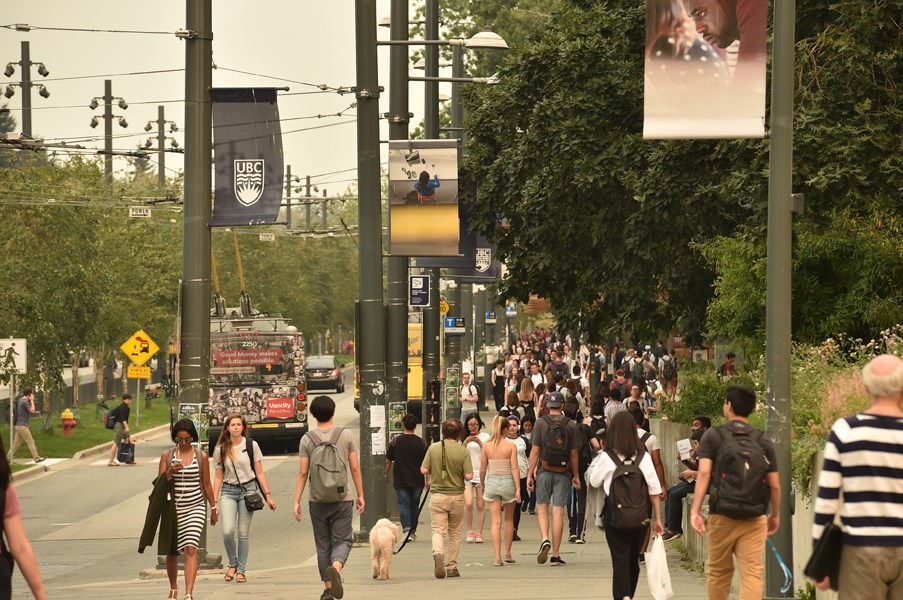Craigslist, Kitsilano, lengthy commutes and even mom’s couch are becoming the new norm for thousands of UBC students grappling with a massive housing waitlist.
The full student population returned to classes last week and was met with a logjam that had somewhere between 4,000 and 6,000 people looking to live on campus.
“I would concur, and UBC concurs, that it’s a stressful time and it’s an unfortunate situation that some of our students face right now,” said Andrew Parr, UBC’s managing director of student housing and hospitality services.
Compounding the problem is the fact that the waitlist grows each time more housing stock is added to what is already the largest post-secondary housing operation in Canada: UBC had 8,200 beds in 2010 compared to roughly 12,000 this year.
“Every time we open up a new unit or a new set of beds, we’re actually seeing longer waitlists,” Parr said.
Alma Mater Society president Alan Ehrenholz said the crunch is forcing students to think outside the box whether they want to or not: basement suites in Kits, living with parents or finding accommodations far removed from the Point Grey campus.
Living further afield, and relying on transit, presents other challenges.
“We hear from our students — they’re going to school here, they’re spending time going to class, studying, going to assignments and having lengthy commutes doesn’t allow them to work on those important things for them,” Ehrenholz said.
Parr said three factors are driving UBC’s housing demands: Vancouver’s white-hot housing market, a massive spike in international students — 70 per cent of whom want to live on campus — and the ongoing modernization of the campus itself.
UBC’s international student head count increased 21.6 per cent to 14,433 between 2014-15 and 2016-17. Provincial government data shows the number of international students at B.C. post-secondary institutions rose 97.2 per cent to 45,130 between 2008-09 and 2014-15.
“UBC has gone from a commuter campus to a vibrant 24/7 community and students want to live here,” Parr said. “There’s amenities, there’s activities. Students know that living on campus gives them access to enhanced academic experience and an enhanced social experience as well.”
About 40 per cent of UBC’s student residencies are occupied by new first-year students, while upper year and grad students account for the remainder. Forty per cent of that housing stock is for year-round housing, while the rest is used for the winter session.
In 2014, year-round residences offered to returning students had a 12 per cent vacancy rate. That number shrunk to three per cent a year later and the waitlist has been in place since 2016.
Plans are in place to increase the amount of beds on campus to 14,000 by 2021. Enough land has been earmarked to increase that number to 17,000 should the need persist.
“You do the math on that and we’re hopefully starting to take a piece out of the waitlist,” Parr said. “But there’s a lot more growth that can be done assuming that the demand continues to stay high.”
— with files from Business in Vancouver



